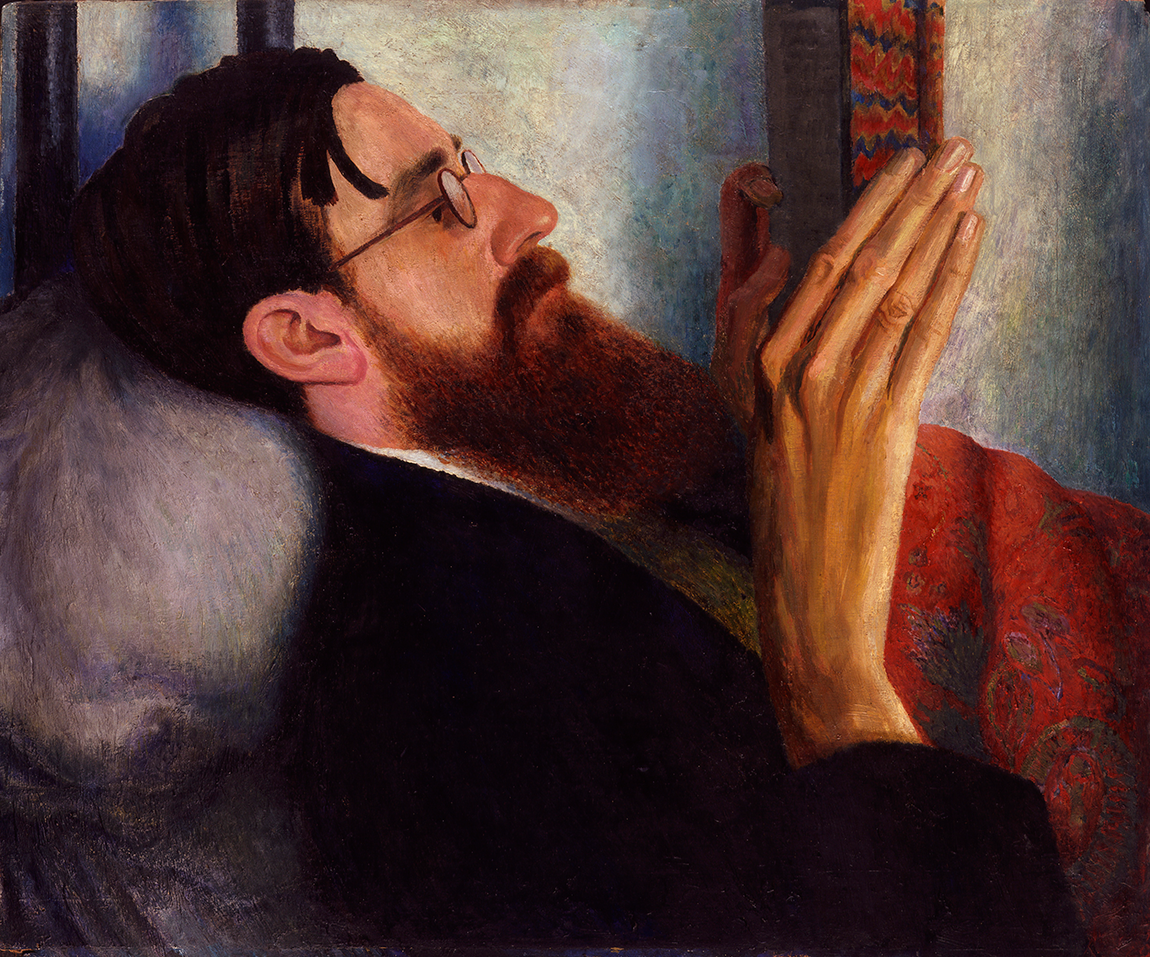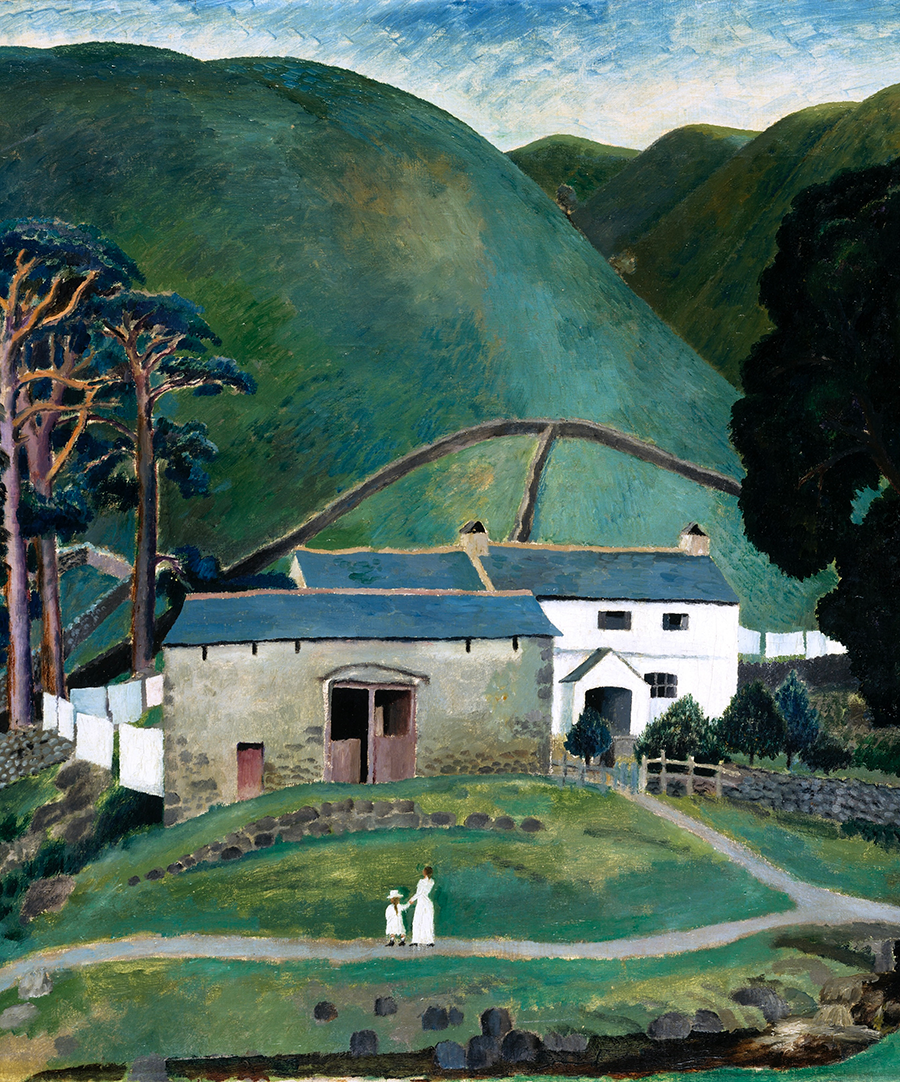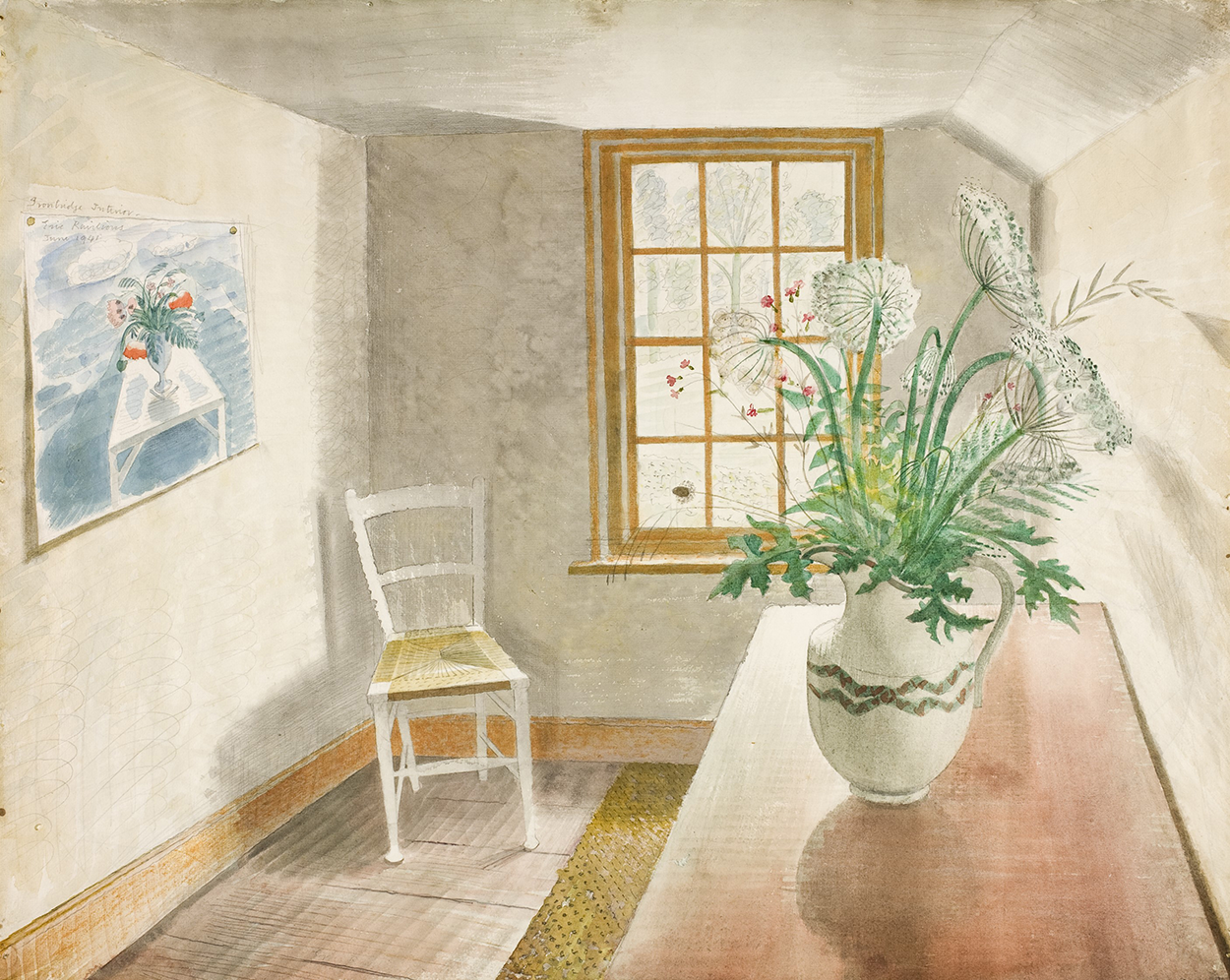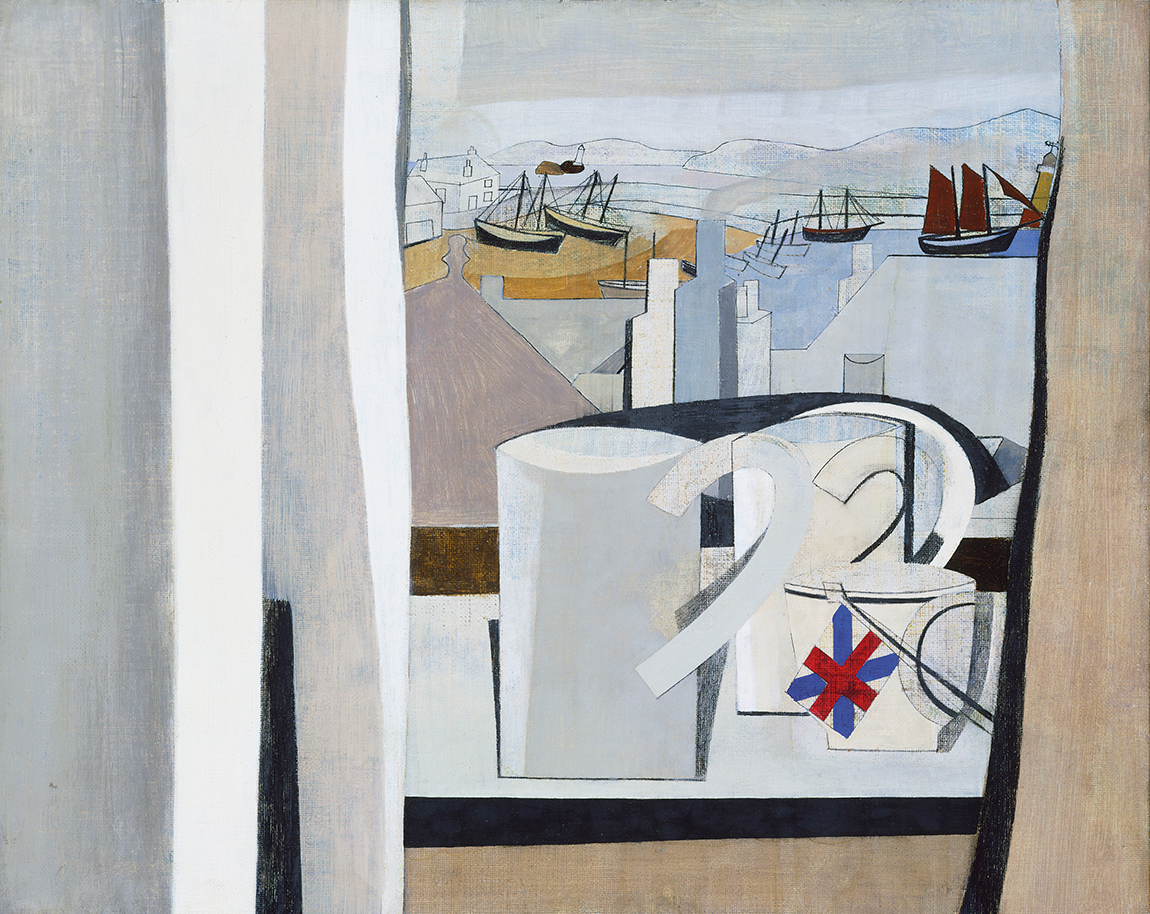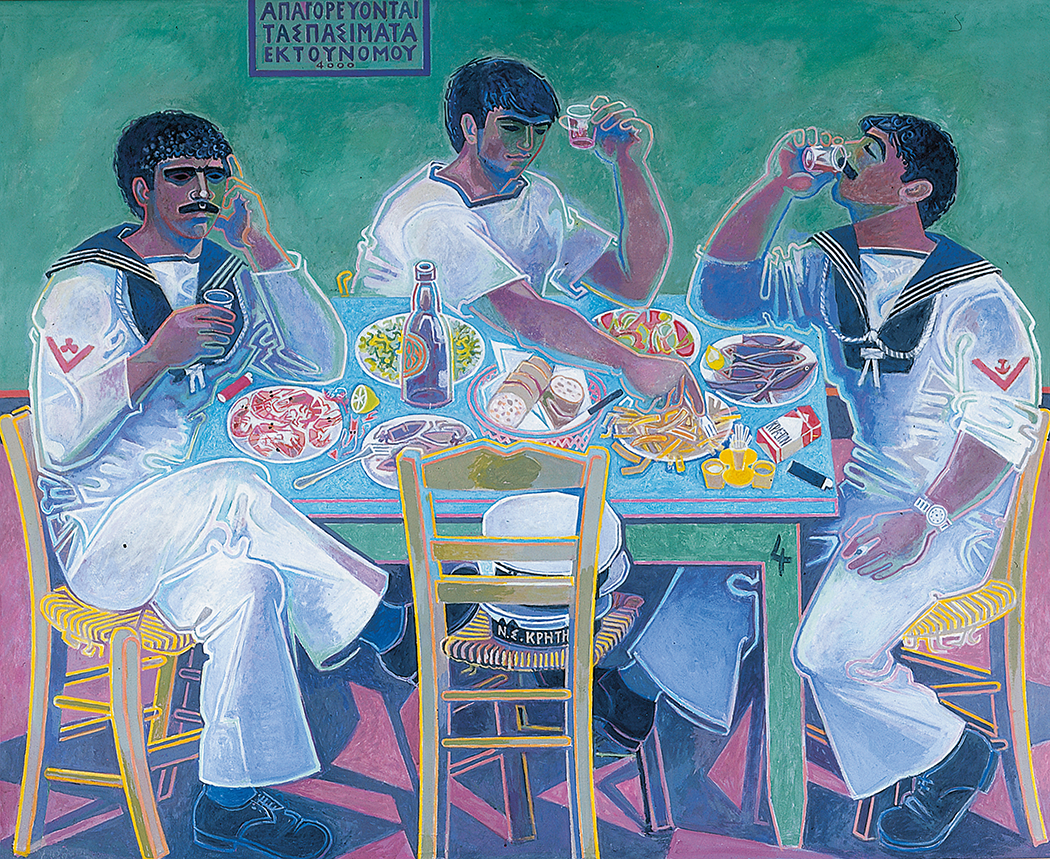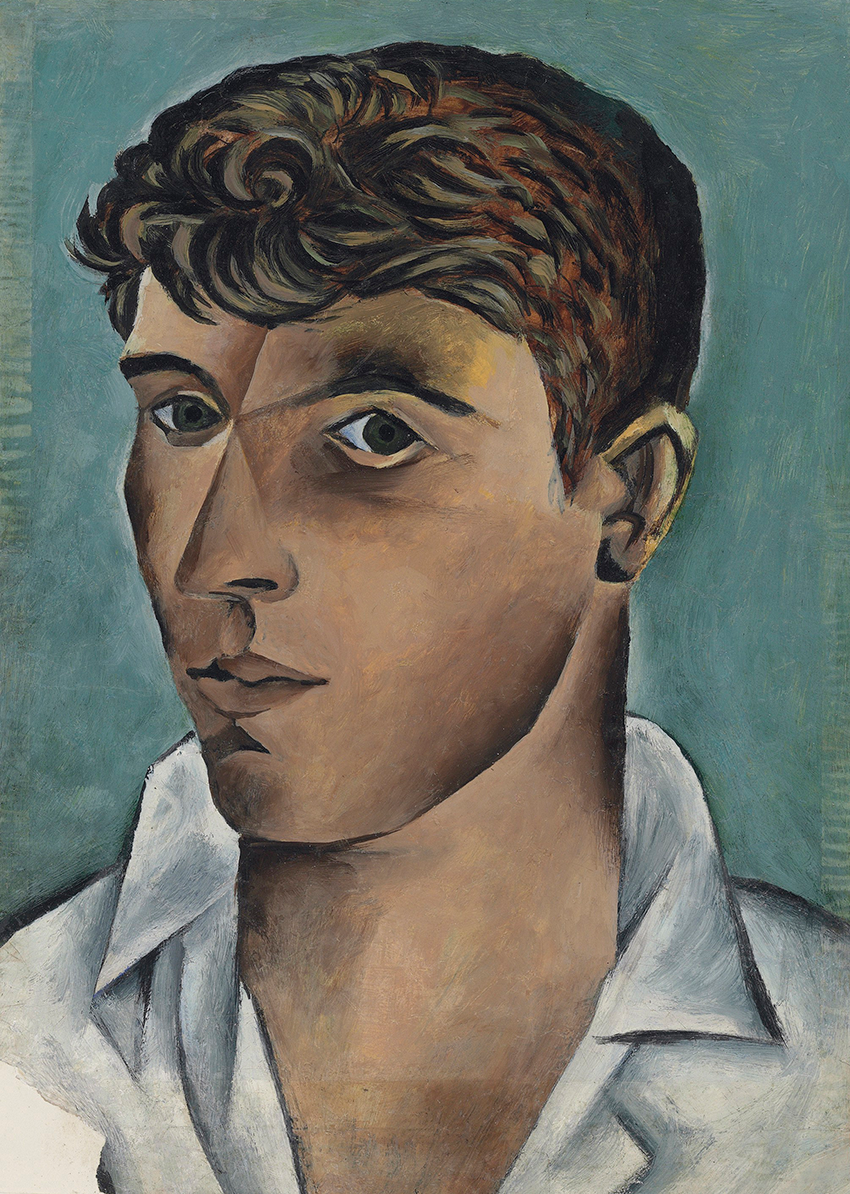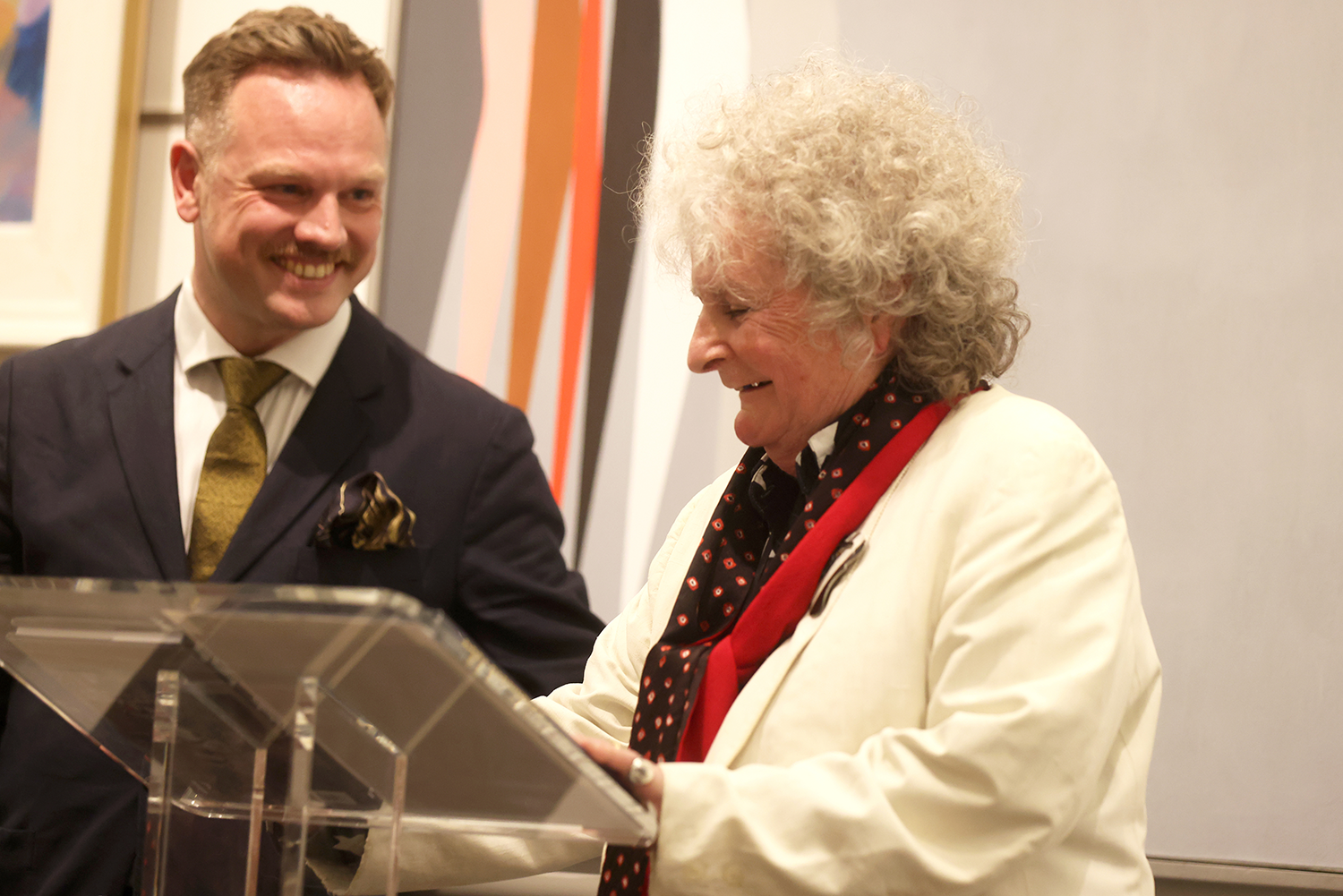
The friendship between Pallant House Gallery Director, Simon Martin and the important contemporary British artist, Maggi Hambling (b.1945), was apparent in the joyous tone of their conversation as they shared the stage to launch Maggi Hambling – Nightingale Night.
Maggi is famous for the directness of her piercing gaze and insight. These qualities are apparent in her series of predominately large scale painted variations which capture the wonder of her encounter with a Nightingale.
Writing in the accompanying catalogue James Cahill describes how as part of a great friend’s birthday celebrations Maggi Hambling and a number of other guests ventured into a forest in darkness and pouring rain to a place where Nightingales were known to sing. There the Nightingale responded to the voice of folk musician Sam Lee accompanied by violin in song.
Speaking with Cahill Maggi would later recall ‘I felt touched by the sublime.’ And how she wanted to recapture ‘that sense of awe at the contemplation of bigger things.’
The qualities of strength and the ethereal are held in tension in her series of variations on the theme of the Nightingale’s song in bold abstract gold brushwork against the black ground of the night. Their strength and delicacy mirroring the Nightingale’s full throated serenade with its extraordinary variation of tone combined with an array of repeated phrases punctuated by the recurring single note of the bird’s call.
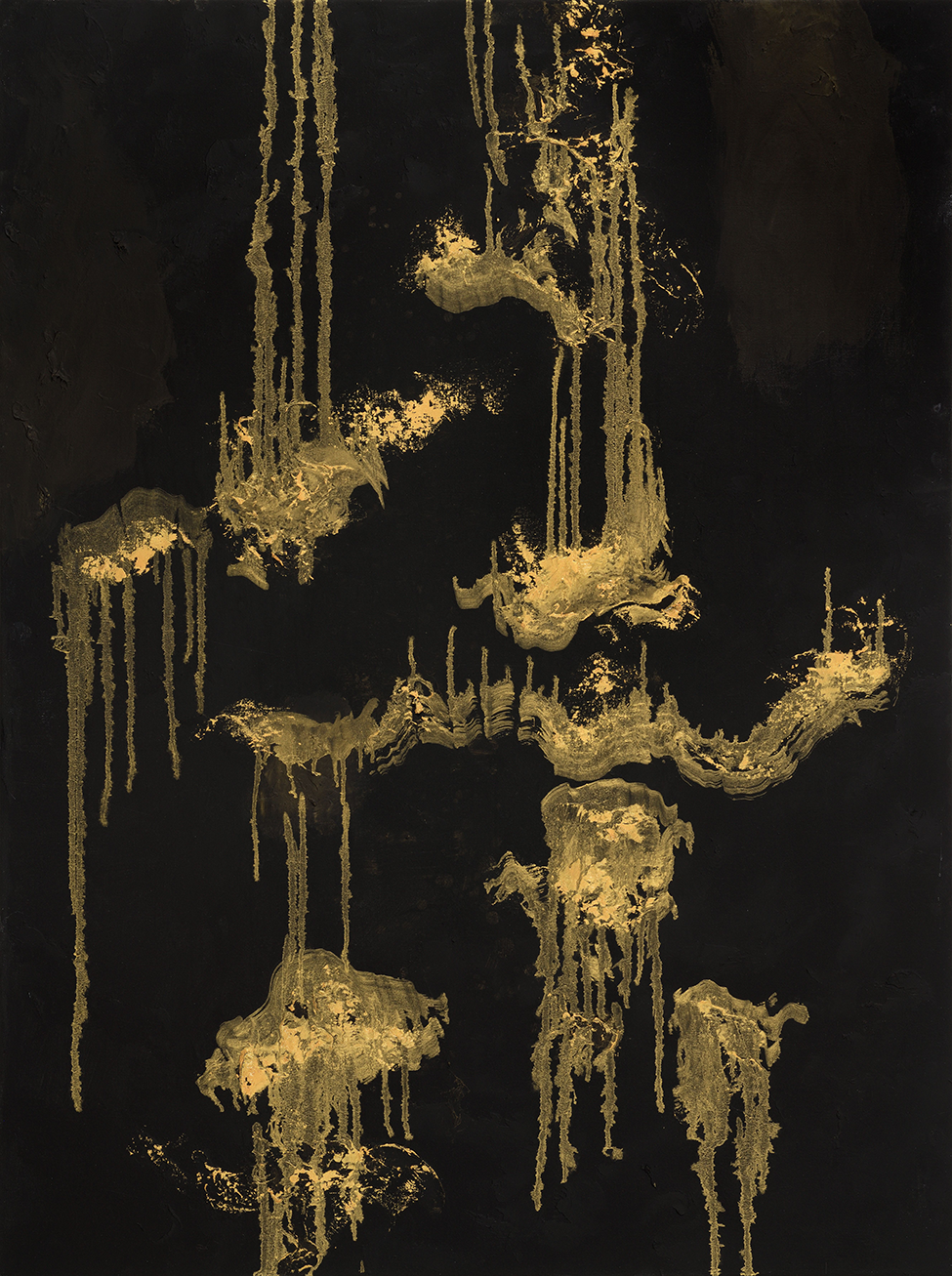
There are migratory Nightingales in the fields next to me where I live in Storrington in the Spring. But, I have only encountered the Nightingales’ song in the gentle half-light of dawn and dusk so I was unprepared for the drama and scale of Hambling’s work with their distinctive black grounds.
In these predominately large, bold, hope-filled canvases Hambling’s abstract brushwork gives voice to the music and tone of the Nightingale’s song in our imaginations – the bird unseen, its song hanging in the damp night air.
Maggi Hambling’s career spans more than six decades. Throughout she has remained provocative and prolific. She is equally renowned for her public sculpture, her numerous portraits, and paintings in which the diverse themes of nature or war, the climate emergency and self-reckoning converge.
This season’s current exhibitions at Pallant House Gallery in Chichester major on female artists including Dora Carrington, Maggi Hambling, both of which run until 27th April 2025, and Rana Begum’s exquisite installation which can be seen until the end of July.
